#Engineering
Rare Rides Icons: The Cadillac Eldorado, Distinctly Luxurious (Part XXIII)
Last week we reviewed the dramatic and super finned exterior design of the 1959 Eldorado, in its two-door Seville hardtop coupe format. While its less popular convertible sibling Biarritz received matching styling in all ways except its roof, there was exclusive and different styling reserved for the third type of Eldorado: the four-door Brougham. Assembled by hand in Italy at Pininfarina, the large sedan was very rare, a last-of-type, and was a sneak peek of future Cadillacs.
Rare Rides Icons: The Cadillac Eldorado, Distinctly Luxurious (Part XXII)
Rare Rides Icons: The Cadillac Eldorado, Distinctly Luxurious (Part XXI)
It was time for a new styling theme at Cadillac in 1959, when lead designer Harley Earl reached mandatory retirement age. Bill Mitchell, longtime right hand man and team succeeded Earl and implemented immediate styling changes. Some of those - like huge fins - were to compete with Chrysler and Imperial designs, but others were an effort at streamlining and modernization; moving away from post-War looks. Today we’ll take a look at the changes underneath these grandiose and (often) pink metallic bodies.
Rare Rides Icons: The Cadillac Eldorado, Distinctly Luxurious (Part XX)
Rare Rides Icons: The Cadillac Eldorado, Distinctly Luxurious (Part XIX)
We’re back with more Cadillac Eldorado today, in our final entry on the third generation models. We spent our last installment reviewing the special and sometimes troublesome engineering that was standard on the Brougham. Since then, I discovered this April 1957 edition of The Cadillac Serviceman, GM’s in-house magazine publication for its dealer service centers. Twelve clearly scanned pages of technical and service detail await you! After reading, return here and learn about the changes made to the Eldorado line in 1958.
Rare Rides Icons: The Cadillac Eldorado, Distinctly Luxurious (Part XVIII)
We’re back with more Cadillac Eldorado coverage this week. In our last installment (over a month ago) we reviewed the interior accouterments of the Eldorado Brougham that were far beyond the standard Eldorado. Aside from its coach door hardtop body style, the other area where the Brougham went its own way was in engineering. And some of that engineering was of the experimental variety. What could go wrong?
Rare Rides Icons: The Cadillac Eldorado, Distinctly Luxurious (Part XVII)
In our last installment of Rare Rides, we checked out the interior changes Cadillac’s engineers and designers made for the new and improved third generation Eldorado in 1957. And while the interior of the standard Eldorados that year was largely shared with the rest of the Cadillac lineup, there was an exception: Eldorado Brougham. Like we saw previously with the Brougham’s mix-and-match approach in use of old and new exterior styling cues, the interior went its own direction as well.
Rare Rides Icons: The Cadillac Eldorado, Distinctly Luxurious (Part XVI)
We spent our last installment reviewing the more modern exterior styling of the 1957 Eldorado Seville, and new-yet-dated looking Eldorado Brougham. Those two followed our coverage of the Eldorado Biarritz, which was unable to adopt Cadilac’s 1957 roof and pillars design because of its canvas roof. This week we step inside the Eldorado, and see how removed it was from the 1956 models.
Rare Rides Icons: The Cadillac Eldorado, Distinctly Luxurious (Part XV)
Last week in our Cadillac Eldorado saga, we covered the visual updates in the new-for-’57 Eldorado Biarritz. Part of a styling revision across the line at Cadillac that year, the Eldorado in particular drifted away from the bulbous fenders and tall hood shapes that were a hallmark of post-WWII American car design. But there were two more Eldorados in 1957! One of them looked more daring than the Biarritz, and the other looked almost like it was from the past.
Rare Rides Icons: The Cadillac Eldorado, Distinctly Luxurious (Part XIV)
As we learned in our previous installment, the third generation Eldorado debuted in 1957 with a daring new X-frame chassis design. Launched across the entire Cadillac lineup that year, the X-frame would become controversial in short order due to safety concerns in side-impact crashes. Up top, Cadillac decided to make less controversial styling changes on the 1957 Eldorados. Designers advanced a styling theme that would reach its fin-happy and chrome bedazzled crescendo a couple of years later.
Rare Rides Icons: The Cadillac Eldorado, Distinctly Luxurious (Part XIII)
As we learned in our last installment, the Cadillac lineup was revised visually for 1957, and would be revised again in 1958 once quad headlamps became legal. Fins grew, hoods smoothed, roofs leaned backward, and there were more Eldorado variants than ever before. But styling and lineup changes weren’t the only new features in 1957: Cadillac was also eager to tout its Standard of the World engineering, safety, and engine advancements!
Report: Stellantis Discusses Engine Plans
With Stellantis vowing to launch a slew of all-electric and hybrid vehicles by 2030, many are wondering how this will impact the lineup in North America. The company has repeatedly alluded to eliminating the HEMI V8 in favor of the more-European Hurricane 3.0-liter straight-six. While this is clearly being done to comply with emissions regulations without having to sacrifice power, plenty have bemoaned the company’s decision to abandon V8 powertrains whilst pivoting toward electrification.
But Micky Bly, senior vice president and head of global propulsion systems for Stellantis, recently assured the public that the company doesn’t intend on dumping combustion engines overnight. It’s even going to keep a few of Chrysler’s oldest units around — just with some improvements designed to meet the relevant emissions standards.
Abandoned History: General Motors' Turbo-Hydramatic Transmissions (Part III)
We return to the Turbo-Hydramatic once more today, and our third installment sees us at a critical point in the timeline of the automatic transmission. Fuel economy pressure from the government and performance demands of the consumer increased considerably in the intervening years since the THM’s debut in 1964. That meant the creation of lighter, more compact, and cheaper versions of the Turbo-Hydramatic compared to its flagship shifter, the THM400. GM branched out into the likes of the THM350, THM250, and the very problematic THM200.
In 1987, GM stepped away from the traditional THM naming scheme and switched to a new combination of letters and numbers. Number of gears, layout, and strength combined to turn the THM400 into the 3L80. But the hefty gearbox was already limited by then to heavier truck applications; passenger cars moved on to four forward gears after the dawn of the Eighties.
Abandoned History: General Motors' Turbo-Hydramatic Transmissions (Part II)
Our Abandoned History coverage of the Turbo-Hydramatic transmission series continues today. The THM was a singular solution to two different automatic transmissions in use by Oldsmobile, Cadillac, and Buick in 1963. Turbo-Hydramatic arrived at a time of modernization for the automatic, which prior to the mid-Sixties was regarded as inefficient and less than smooth.
The THM400 was the 1964 replacement for the Hydra-Matic and Buick’s Dynaflow and established itself as a smooth and reliable gearbox. It proved useful in a variety of luxury and heavy-duty applications and shrugged off weight and torque easily. In short order, it took off as the transmission of choice for various small manufacturers outside of GM. However, no matter how excellent the THM400 was, it found itself squeezed by a drive toward greater fuel efficiency. It was also a bit hefty to be of broad use in smaller or lighter passenger cars. GM needed more Turbo-Hydramatics!
Abandoned History: General Motors' Turbo-Hydramatic Transmissions (Part I)
A few weeks ago, we concluded Abandoned History’s two-part coverage of the Chrysler UltraDrive transmission. Within the comments was a request for more transmission coverage of an equally abandoned nature. Let it be so! Come along as we discuss the vast automatically shifted expanse that was the Turbo-Hydramatic transmission family, by General Motors.



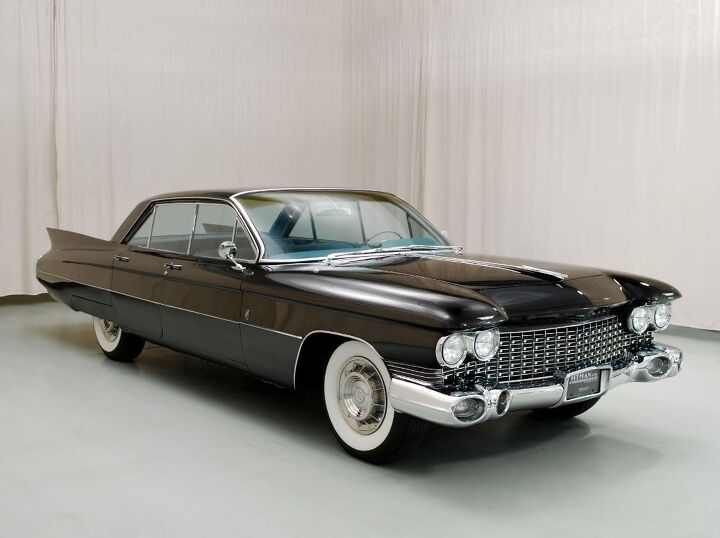
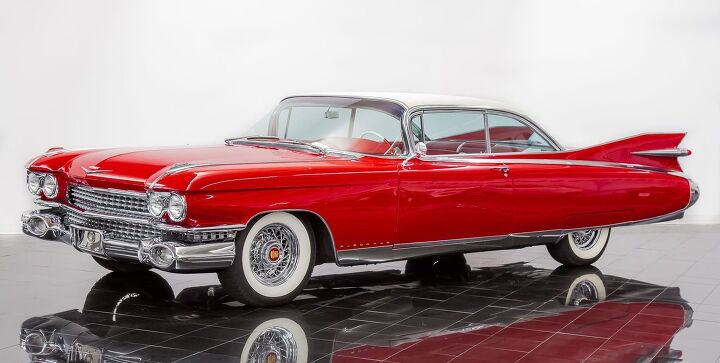
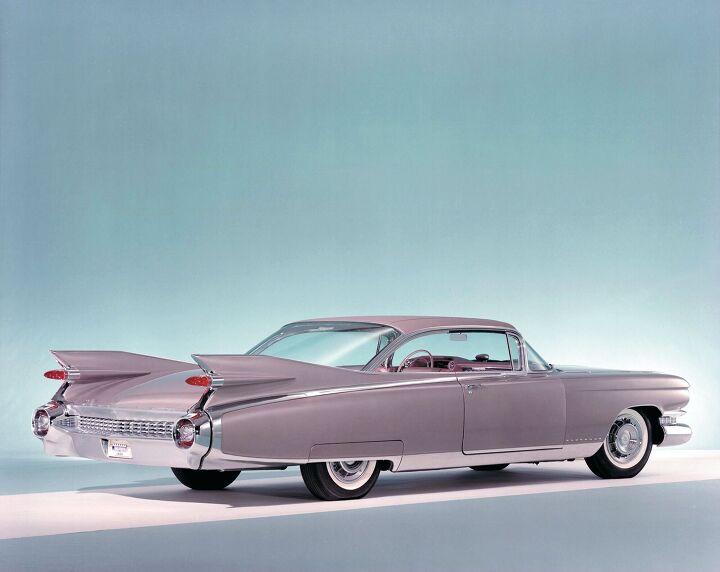
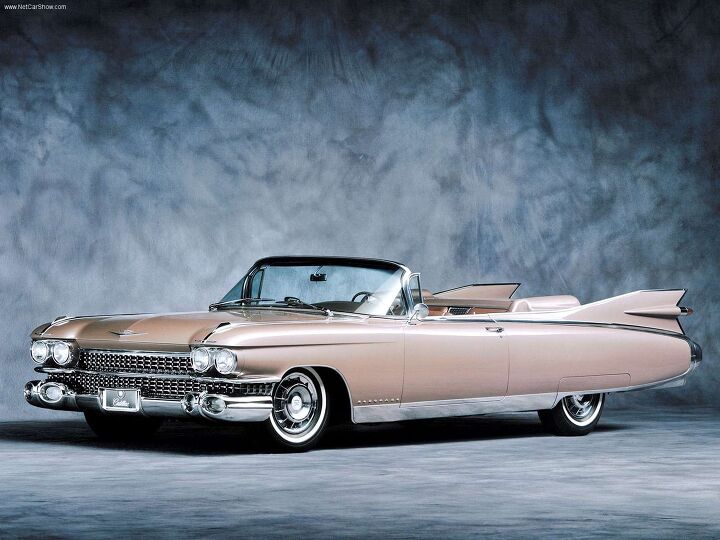
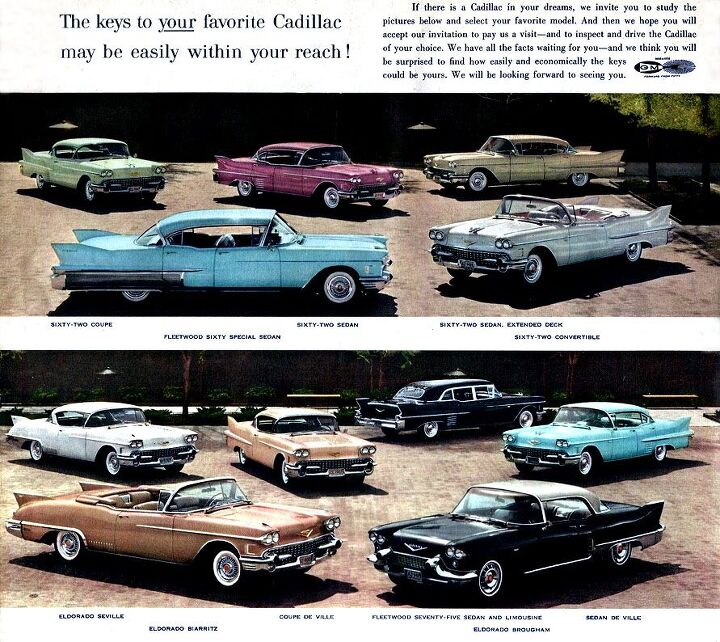
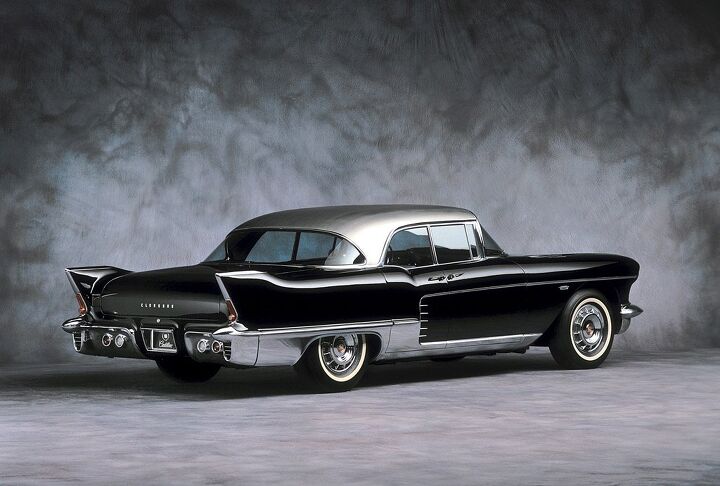
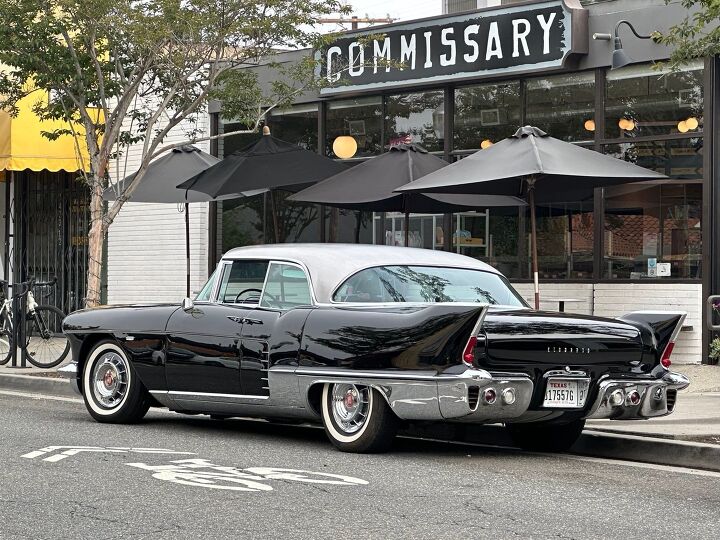
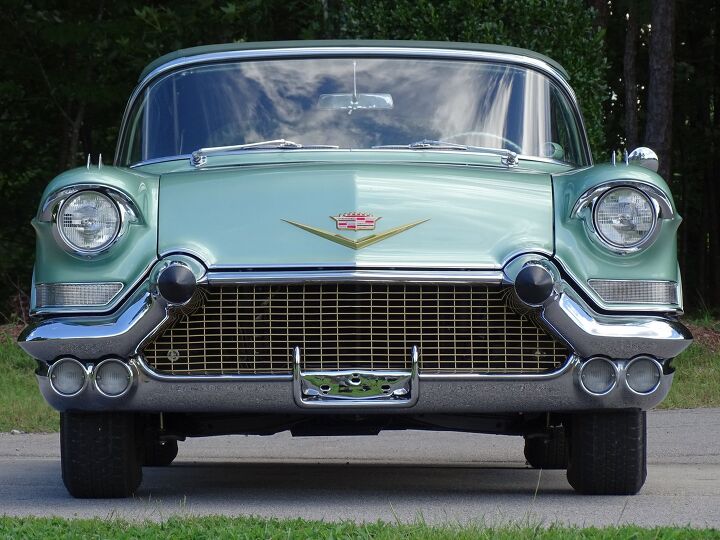
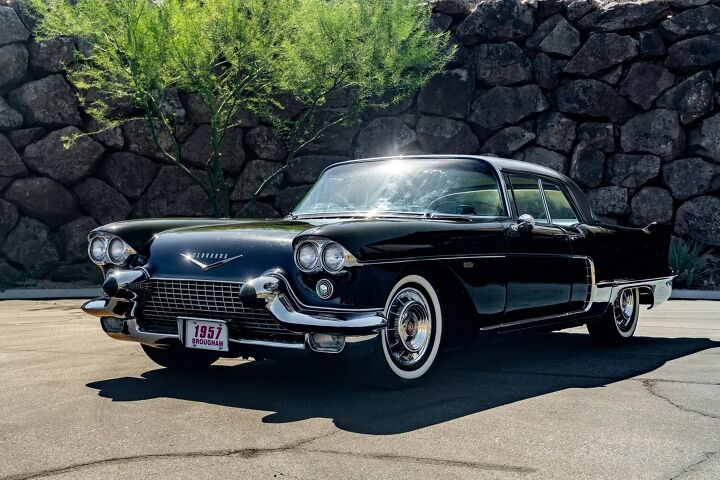
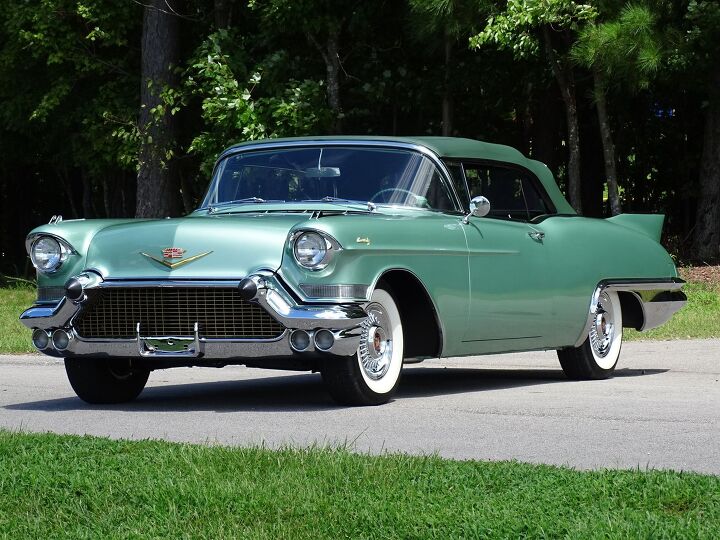
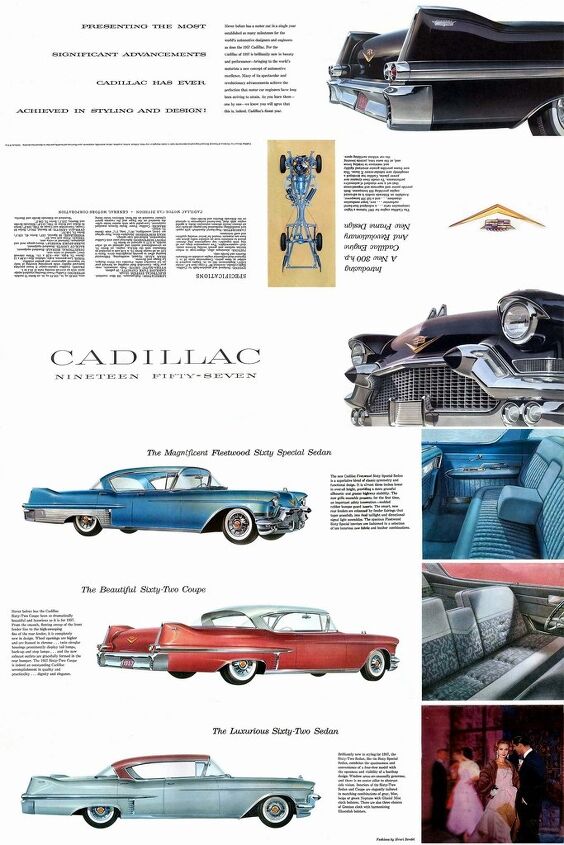
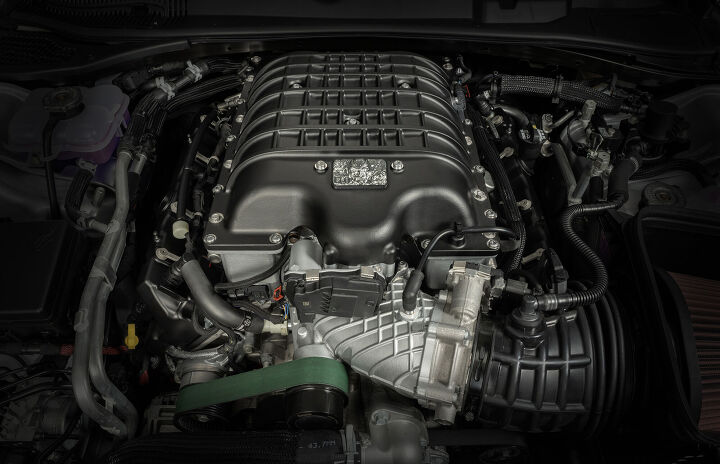
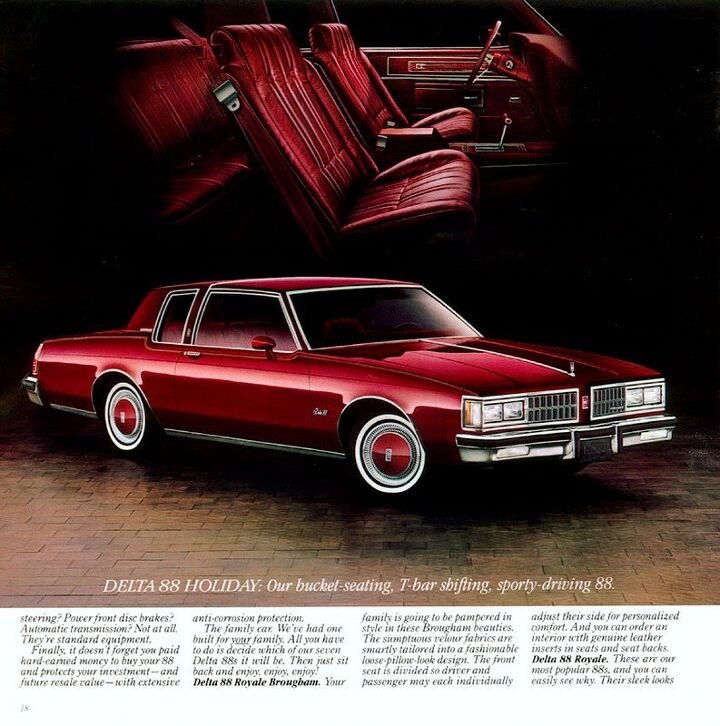
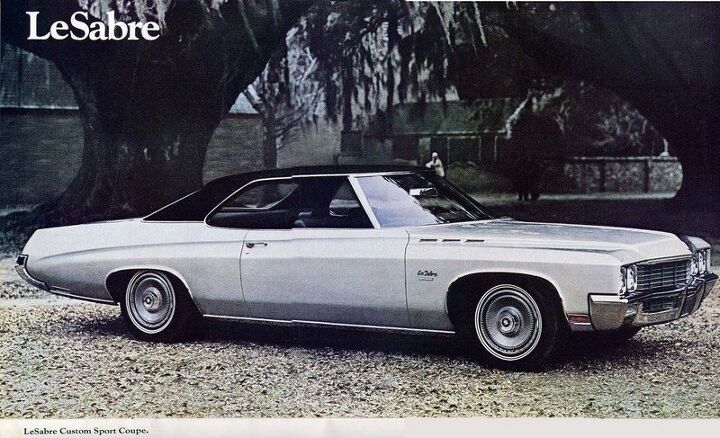
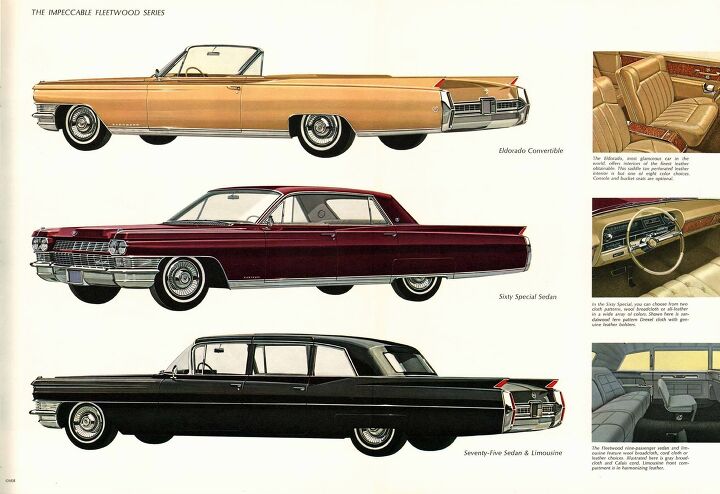












Recent Comments